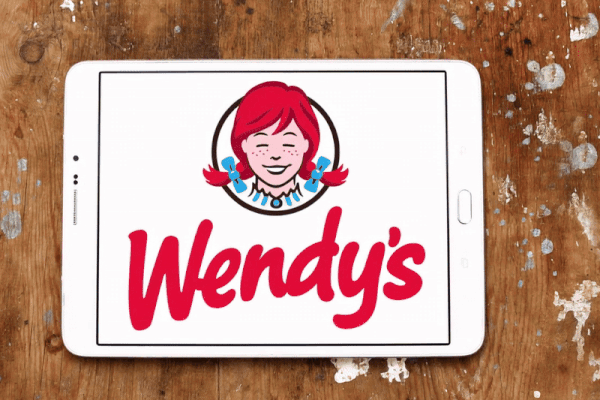The Wendy’s Company (NASDAQ:WEN) reported a mixed first quarter for fiscal 2025, with global same-restaurant sales declining 2.1% amid challenging consumer conditions in the U.S. Still, the company posted 2.3% same-restaurant growth internationally and opened 74 new restaurants globally, over 60% of which were in international markets. Wendy’s returned $173 million to shareholders through dividends and repurchases and reaffirmed its 2025 target of 2–3% global net unit growth despite tempering full-year systemwide sales guidance.
Technology plays a central role in Wendy’s growth strategy, with a strong emphasis on AI-driven automation, app innovation, and integrated digital infrastructure. CEO Kirk Tanner is emphasizing a customer-first strategy built on personalization, convenience, and innovation. “We’re investing in resources, training, and technology to replicate the same heightened operational intensity at every restaurant,” he said. These tech-forward moves are designed to enhance both restaurant productivity and customer satisfaction.
Why It Matters: Wendy’s digital-first transformation reflects how leading restaurant chains are integrating technology into every facet of the business from customer experience to franchisee profitability. For CIOs and technology leaders, Wendy’s model offers a blueprint for scaling IT investments that directly impact engagement and operations. By tying AI-powered order-taking, app-based gamification, and advanced analytics tools to strategic growth metrics, the company showcases how technology is no longer ancillary, but central to QSR leadership and customer loyalty.
- AI-Driven Order Taking Expands Across U.S. Locations: Wendy’s is rolling out its proprietary FreshAI voice ordering platform and digital menu boards across its restaurants, targeting over 500 installations by year-end. “Wendy greets you at the drive-thru, she knows what to ask… We see uptick in sales and improved accuracy,” said Tanner. The AI system enhances upselling capabilities, boosts order precision, and improves crew efficiency by allowing staff to focus more on hospitality.
- Mobile App Enhancements Boost Digital Engagement: The Wendy’s app saw significant upgrades, including gamification features and improved personalization, leading to a record-high digital conversion rate in Q1. Personalized messaging and loyalty-driven incentives helped drive digital sales to over 20% of total sales. This strategy reflects a strong push toward engaging customers beyond the point of purchase.
- Accuracy Tools Improve Customer Satisfaction and Productivity: Two tools, menu item label printers and smart delivery scales, were introduced systemwide to boost order accuracy. “These seem very straightforward, but they drive focus on execution in the marketplace,” Tanner noted. Restaurants using these tools reported measurable improvements in accuracy, directly tied to higher customer satisfaction scores.
- Tech-Enabled Franchisee Support and Profitability Tools: Wendy’s launched a new system to collect and analyze monthly franchisee profit and loss statements at the restaurant level. This initiative allows benchmarking across similar markets and demographics, supporting smarter operational decisions and reinforcing performance accountability. Franchisee feedback on the tool was noted as “positive,” with more learnings expected throughout the year.
- $6M in Q1 Capital Invested into Technology: Of Wendy’s $17.7 million Q1 capital expenditures, over $6 million was directed toward technology. This includes digital menu board deployment and foundational systems tied to analytics, mobile, and AI integrations, demonstrating the company’s commitment to long-term digital infrastructure investment, even amid macroeconomic headwinds.
Go Deeper -> Wendy’s Q1 2025 Earnings – MarketBeat






